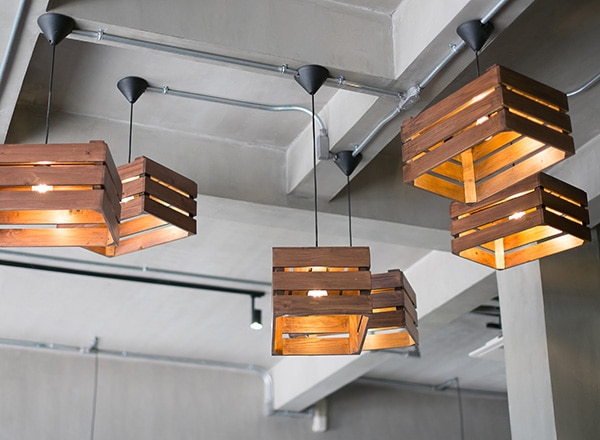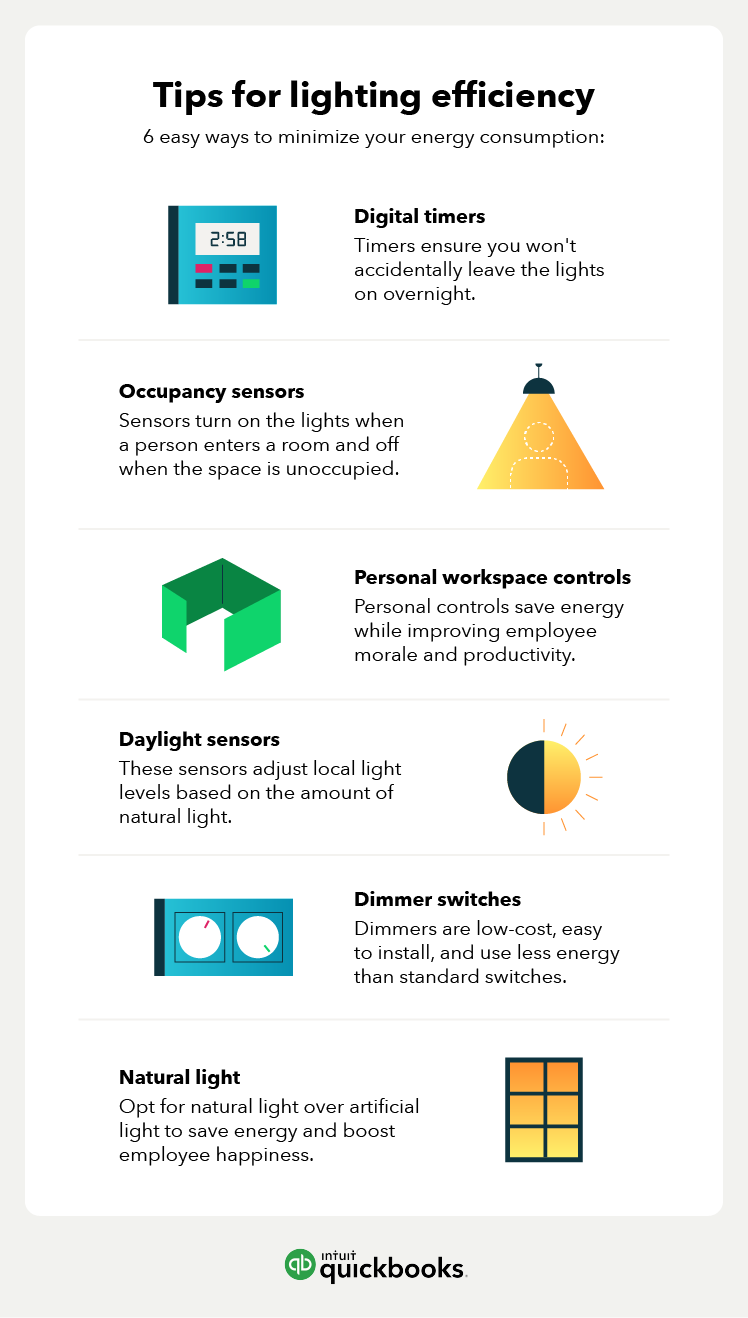Look up. Is there a fluorescent light above your head? If you’re currently in any type of commercial or office space, the answer is probably yes.
Fluorescent lights can be found in nearly every commercial building around the globe. And, sure, they’re more affordable and energy-efficient than traditional incandescent bulbs. But fluorescent bulbs give off a harsh blue light that’s not only unflattering but is known to cause headaches, eye strain, and stress. Plus, all fluorescent lights, even the more modern compact fluorescent lights (CFLs), emit some measure of UV radiation and contain some amount of mercury.
In contrast, LED bulbs emit no UV radiation and are chemical-free, which means they’re better for you and the environment. These bulbs might be more expensive upfront, but their longer life span, durability, and reduced energy usage means you save money in the long run. LED bulbs have a life span of up to 25,000 hours, compared to 1,000 hours for incandescent bulbs or 10,000 hours for modern CFLs, according to the Energy Department.
In fact, the U.S. Department of Energy estimates that widespread LED usage could save 348 terawatt-hours of electricity. That’s equivalent to the output of 44 large electric power plants, saving more than $30 billion by 2027.
In short, something as simple as changing a light bulb can be a big step toward reducing energy use and saving the environment.














